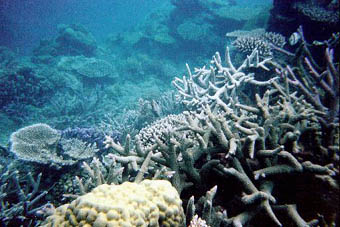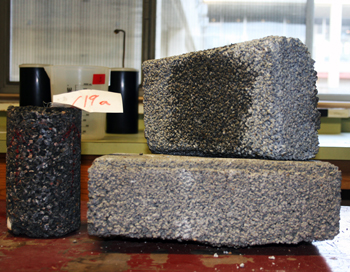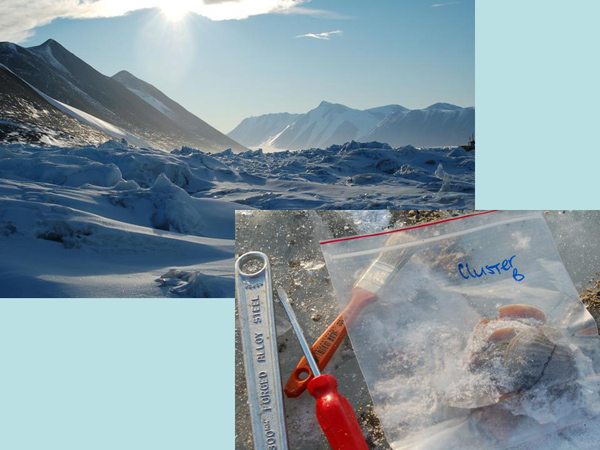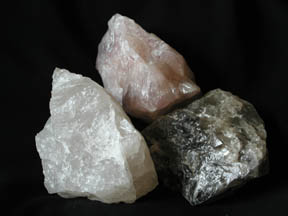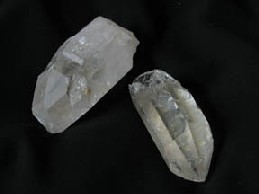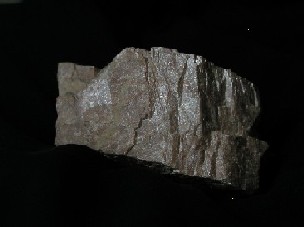Click on image for full size
Windows Original.
Related links:
Find out how to identify minerals (...and learn what shape, luster, color, streak, hardness, cleavage and fracture are all about!)
Calcite
Calcite is typically found in the sedimentary rock called limestone. It can also be the cement that holds other sedimentary rocks, such as sandstone, together. Outside the sedimentary rock spectrum, calcite is commonly found in marble, a metamorphic rocks that forms when limestone is subject to intense heat and pressure.
Calcite crystals have three planes of cleavage. This gives perfect crystals of calcite, like in the picture at the left, a rhombahedron shape. Aragonite is a polymorph (a different shape) but contains the same elements as calcite. Unlike calcite, which has trigonal crystals, aragonite has orthorhombic crystals. Calcite has a more stable arrangement of atoms than aragonite and over time aragonite will change into calcite.
Everyone's favorite way of identifying calcite and aragonite is the acid test. When you place a drop of dilute hydrochloric acid or vinegar on either, it will bubble and froth as a reaction causes a little bit of the calcite to break down, releasing bubbles of carbon dioxide gas.
Sometimes rocks that are made primarily of calcite are dissolved away over hundreds of years by acidic groundwater. Cave formations are formed when, over many years, this process leaves large caverns in the rock. Stalactites, stalagmites and other cave formations made of calcite grow in the voids when calcite mineral precipitates out of the groundwater.
Many sea animals, such as clams, snails and corals, make their skeletons using calcite and aragonite. To get the materials they need, they pull carbon dioxide from the sea water, which allows room for more carbon dioxide to dissolve into the water from the air, thus locking away some carbon dioxide, a greenhouse gas, from the atmosphere.
- Shape: Trigonal (rhombahedral shape)
- Luster: Glassy to resinous. Large samples often look dull.
- Color: Usually white or colorless but sometimes is found in light pastel colors.
- Streak: White
- Hardness: 2.5 to 3 on Mohs Hardness Scale
- Cleavage: Perfect in three directions
- Fracture: Conchoidal







